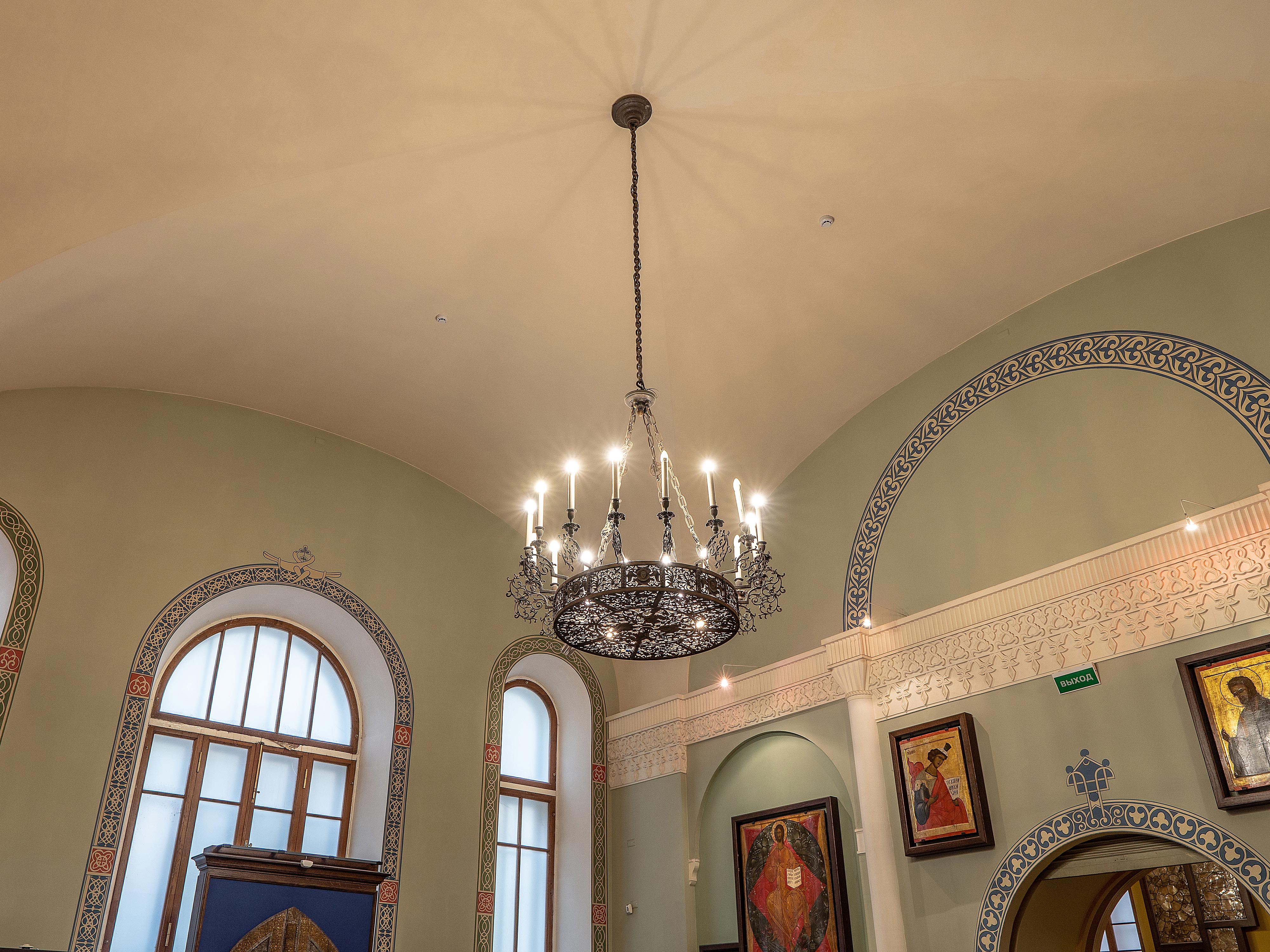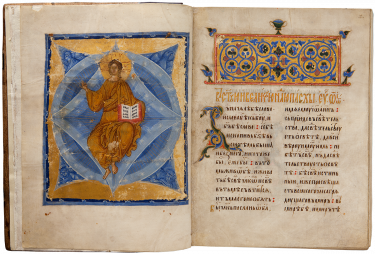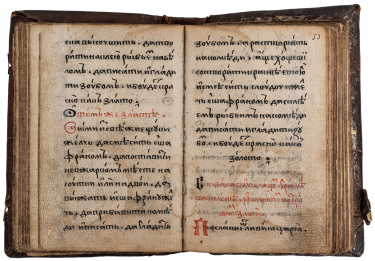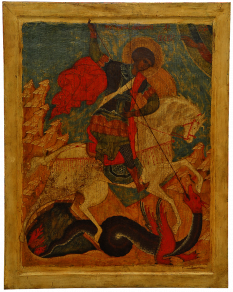Russian culture of the 14th – early 16th century







The development of original old Russian culture was disrupted by the Mongol invasion. In the cities burned and looted, were lost outstanding examples of ancient architecture, frescoes, mosaics and numerous monuments of literature and applied art. The first victories of the Russian people for their independence, the creation of a United Russian state with its capital in Moscow, led to the rise of national selfesteem, increased interest in traditions and antiquity, and, as a result, led to an extraordinary rise of Russian culture in the XIV – early XVI century.
With the growth of the political consciousness also grows the importance of chronicle writing. It had experienced periods of flourishing and decline but had never stopped. In the late XIII – early XIV centuries were further developed chronicle writing of Novgorod and Pskov, Rostov and Suzdal, as well as the chronicles of Tver and Moscow. Around 1408 at the initiative of Metropolitan of Moscow Cyprian in Moscow had been written not just local but all-Russia chronicle code. At the end of the XV century the Moscow chronicle code is one of the most significant works of Russian chronicle.
The national rise of Russian society was brightly reflected in the monuments of the Koulikovo cycle and military stories of the XV – beginning of the XVI centuries. The direct response to the battle of Koulikovo was "Zadonshchina" – the largest literature work of the early XV century, called so because of the site of the battle that took place "beyond Don". The author of "Zadonshchina" is believed to be Sophony of Riazan, it is his name that is mentioned in two of the six surviving copies. "The Legend of the Mamay massacre", filled with legendary details of the battle had been created almost a hundred years later after the events described in the "Zadonshchina".
Within the first decades after the Mongol invasion the old Russian painting was revived. In the second half of XIII and at the beginning of XIV centuries finally were crystallized old schools of painting and formed new ones. The Works of ancient Russian painting, created in Novgorod, Pskov, Moscow, the Russian North, vividly manifest artistic diversity of Russian art of this era. Starting at the end of XIV – the beginning of XV century the art role of Moscow was strengthened, it gradually subdued local schools to one unified model. The Moscow icon painters created images addressed directly to person’s soul. It is there appeared the art of Andrei Rublev full of deep faith in the beauty of the moral achievement.
The technique of golden “face” embroidery had lot in common with painting. It has been always highly valued in Russia. Those were veils and palls and covers designed to decorate cathedrals and even embroidered icons and the iconostasis and banners for festive ceremonies or to be carried on military campaigns.
A significant place in the art of Russia at that time belonged to small plastic – miniature carving on stone and wood or metal casting. Mainly, those were various objects of Christian cult: crosses, icons, folding triptychs, Panagias, etc. The main centers of their production were art workshops concentrated at large monasteries and courts of Princes of Novgorod, Moscow, Tver and Suzdal.































For decorating the interior of this hall was partially used project of architect Alexader P.Popov of 1885 which was not implemented. According to the drawings preserved in the Museum, frames of the windows and portals were painted with ornaments from manuscripts of the XIV century, on the walls of the hall were reconstructed copies of the white stone carving of the Nativity Cathedral of the Savvino-Storozhevsky Monastery in Zvenigorod – one of the extant masterpieces of architecture of the beginning of the XV century.
The Monastery was founded in 1398–1399 and was under special protection of the reigning house. Around 1405, a white stone Nativity Cathedral was built there, its architecture influenced the architects who built the Trinity Cathedral in the Trinity-Sergiev Monastery in 1423–1424.



